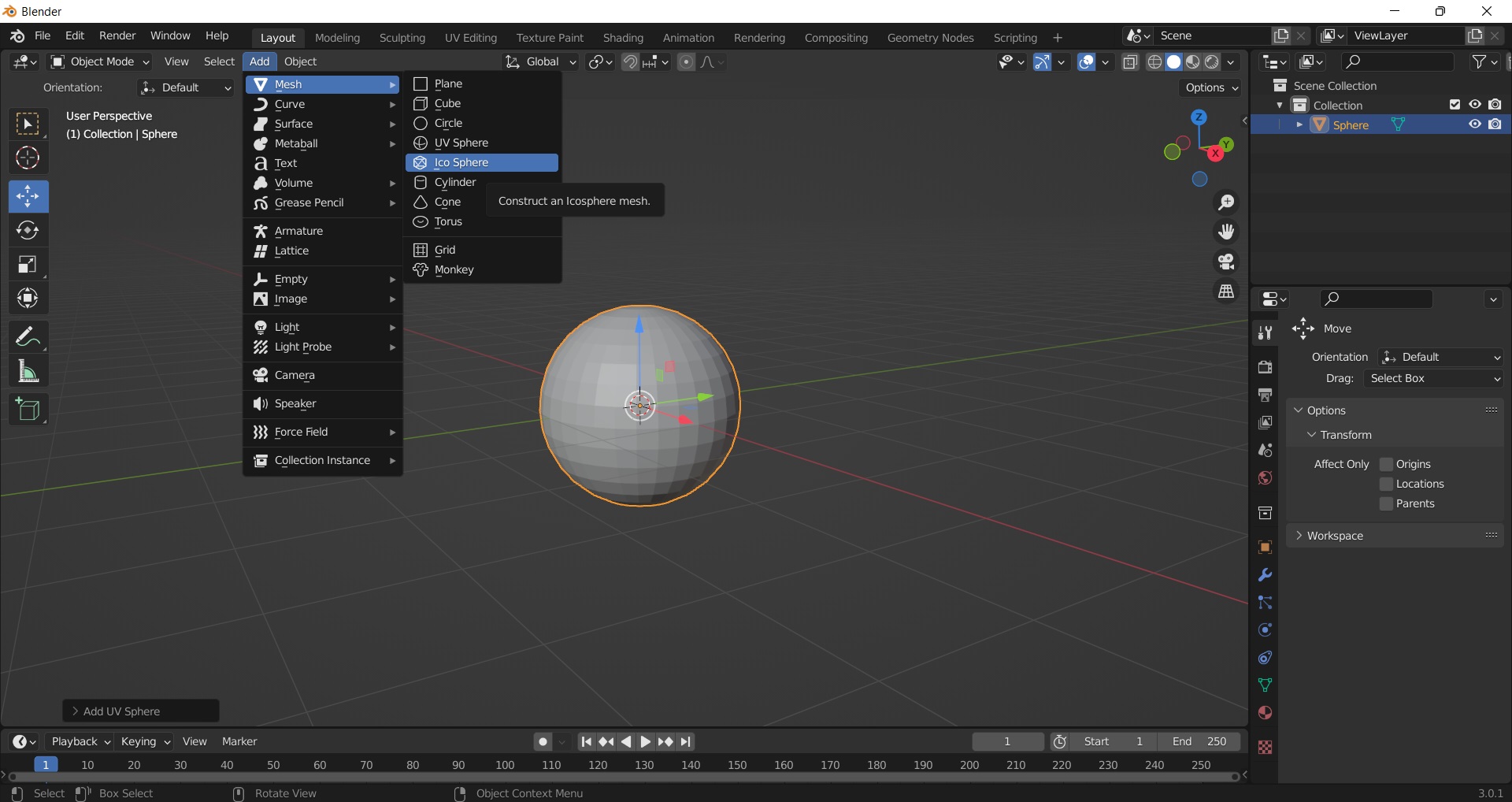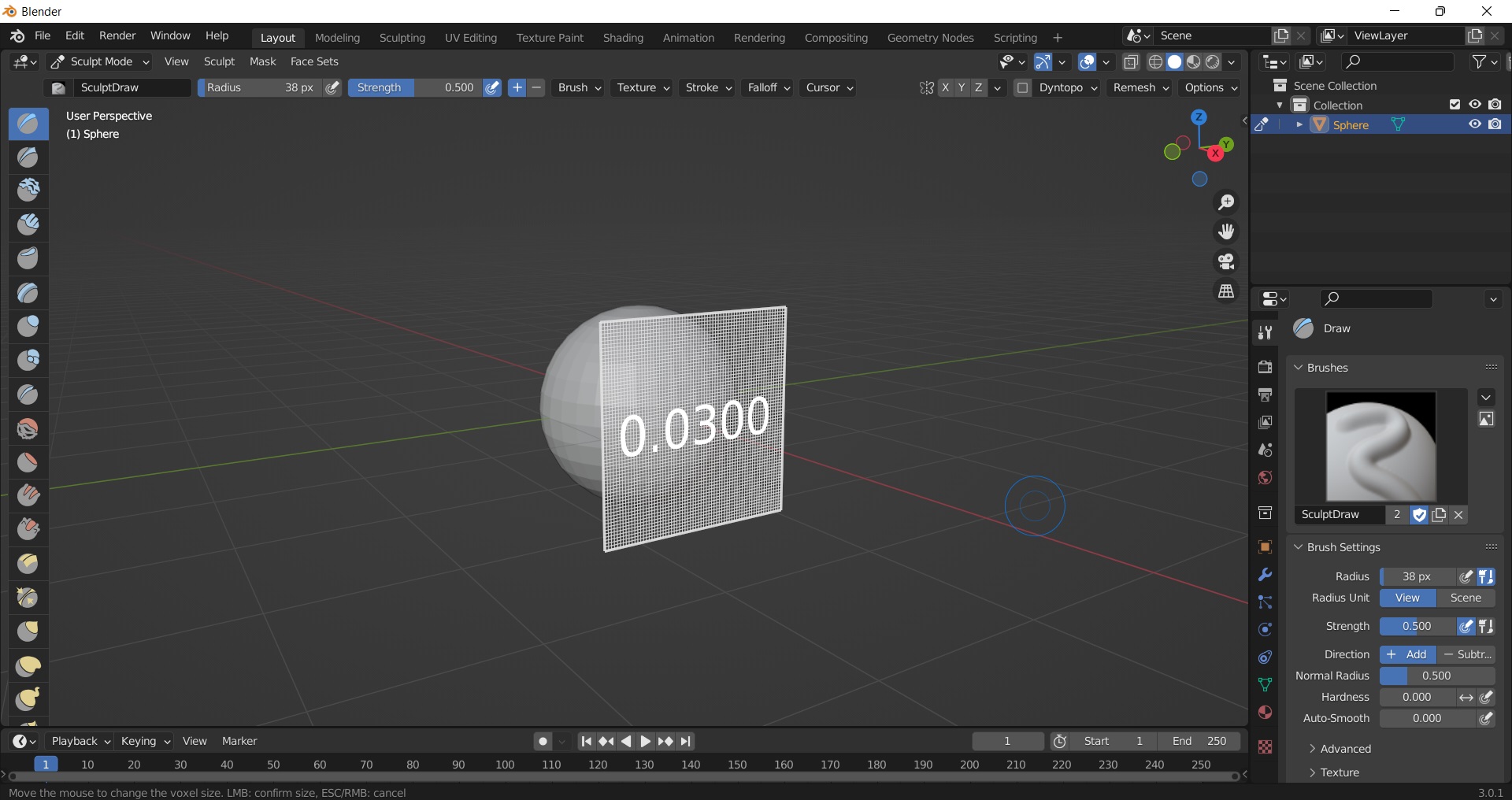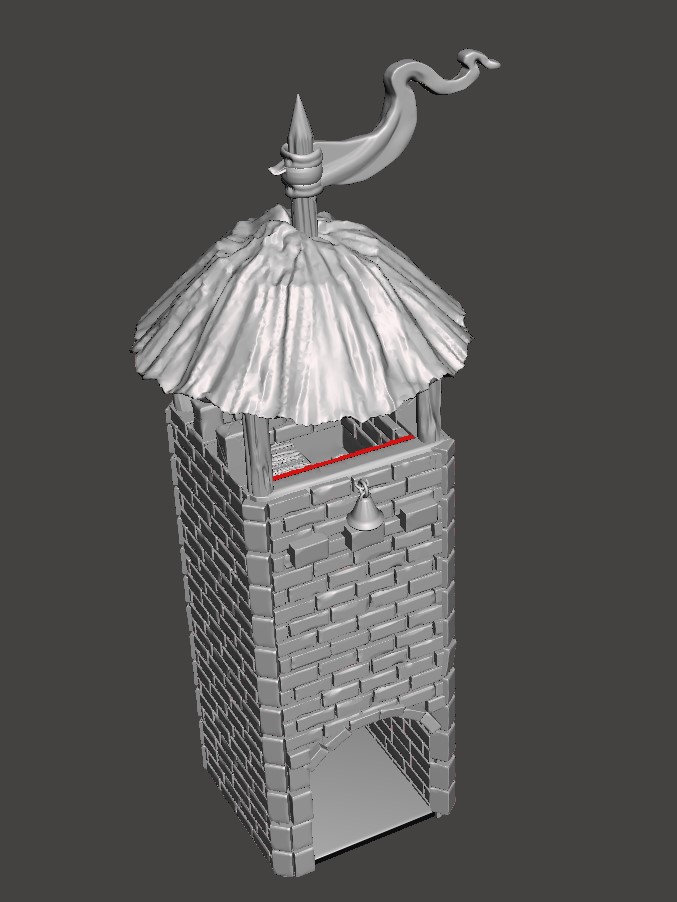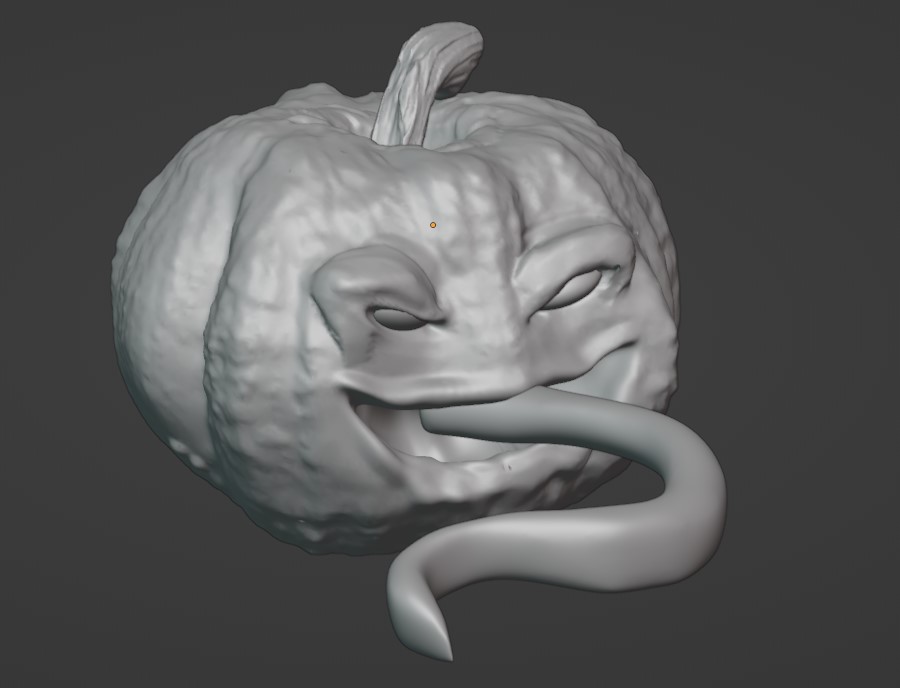Getting Started with Blender
Blender is an amazingly versatile, entirely free open-source 3D creation suit. If you’re looking to jump into 3D modelling, especially for the purposes of 3D printing your creations, it’s a great place to start. Blender Pros:- Software is 100% free to use
- Big community for advice
- Really powerful, leveraging Python
- Free to use for any purpose – including commercial and educational
- Covers all aspects of 3D creation
- Not intuitive if you’re new to 3D modelling
- Zbrush has outclassed it for modelling characters because of a different approach to polygons
What can Blender do?
Blender is end-to-end for the 3D pipeline. This includes 3D modelling, texturing, animation, rigging, still images, rendering, compositing, motion tracking, simulation, video editing and even game creation.
For the purposes of this tutorial and presumably your interest, it can help you create the following 3D models:
- Characters
- Houses
- Terrain
- Animals
- Furniture
- Board game pieces
- Cosplay props
- Knick-knacks
- Items with letters or numbers on them, such as dice
What OS does Blender run on?
Blender runs equally well on Linux, Windows, and Macintosh computers. It uses OpenGL for its interface. Their website provides more specific compatibility if you’re interested. That list of supported platforms is here.
Zbrush vs. Blender
Zbrush focuses solely on sculpting, and can process more intricate detailing that make it well-suited to 3D modelling characters. That said, for the purposes of 3D printing models, don’t get hung up on this too much. Most of the phenomenal detail you’ll see in Zbrush won’t actually show up in the end 3D print job at smaller scales, such as those for Dungeons and Dragons or Warhammer. Larger scale models for painting or display may pick them up of course.
The strength of Blender is as a generalist’s tool, and its simplicity when it comes to modelling less detailed models such as houses or knick knacks.
I will follow this up with a quickstart guide to Zbrush for those interested. Zbrush uses a unique system called Dynamesh which is an entirely different approach to how the software processes polygons. Zbrush is paid software.
Can I 3D Print my Blender Creations?
Of course! The process for 3D modelling for game aspects or 3D printing is remarkably similar. You will want to understand aspects like scale for 3D printing, as well as understand that flat textures that work in games will naturally not print onto a 3D model. Texturing needs to be defined via sculpting indents, recesses, and protrusions – you can’t slap on a static image textured like wood.
Blender lets you export files directly as STLs, which is the format you’ll want for 3D printing.
Where can I download Blender?
Download Blender from the official website here.
How to sculpt in Blender:
Step 1
Assuming you’ve downloaded and installed Blender, this is what you’ll see when you first open it up. Let’s hit ‘A’, for Select all. Then ‘Delete’ to clear our screen.

Step 2
Let’s create a sphere. We’ll navigate to ‘Add’ and select ‘Mesh’, then select ‘UV Sphere’.

Step 3
Let’s go into sculpt mode. Right now, sculpting won’t work because we have too few polygons. We’ll create more polygons and then remesh our object so that we have more to work with. The more polygons, the greater the detail. Keep in mind that subsequently the more polygons to process, the larger the file. 3D files can inflate in size drastically, so don’t go crazy.
Select ‘SHIFT + R’. We’ll move our mouse forwards and back to increase or decrease this number. Let’s set it to around 300. To confirm and remesh the object, select ‘CNTRL + R’.

Step 4
You should now be able to sculpt! Some important shortcuts while you play around include:
- [ or ] buttons to increase or decrease the radius of your brush size
- Hold CNTRL in while sculpting to subtract rather than add clay
- CNTRL + Z to undo
You should also play with the different brushes and calibrate the brush strength to find what suits.
Look at this happy work in progress:

How to add more appendages or limbs:
Sculpting in Blender is much like sculpting with clay in some regards – except you’re kneading around polygons. If you had a small ball of real clay in your hand and tried to pull some arms out of it, you’d end up with some very thin parts.
Similarly, to add more parts or limbs you wouldn’t pull from the ball on Blender. You would add another bit of clay and attach it to the first ball, per each limb.
To give my little abomination a stem in the example below, I would go back into ‘Object Mode’, then ‘Add’ a mesh of the shape most suitable (as per Step 2). In this case, I want a stem so I’ve chosen a cylinder.
I’d then use the ‘S’ key to scale it, and select the navigational arrows option (highlighted in blue in the lefthand menu in the image below) to move it around.
With the new limb or appendage selected, return to ‘Sculpt’ mode. Repeat Step 3 to ensure sufficient polygons exist on the new appendage.
Now if I wanted these to blend more seamlessly, such as if I were adjoining a neck to a head where blending would be important, I would simply return to ‘Object Mode’ to join them. With both selected using hold ‘Shift’ and click, or just hitting ‘A’ for all, you’ll then hit CNTRL + J to join them. You can also right-click and select ‘Join’.
When you return to ‘Sculpt mode’, huzzah. You’ll have that added limb ready to go!


Example Blender sculpts:




